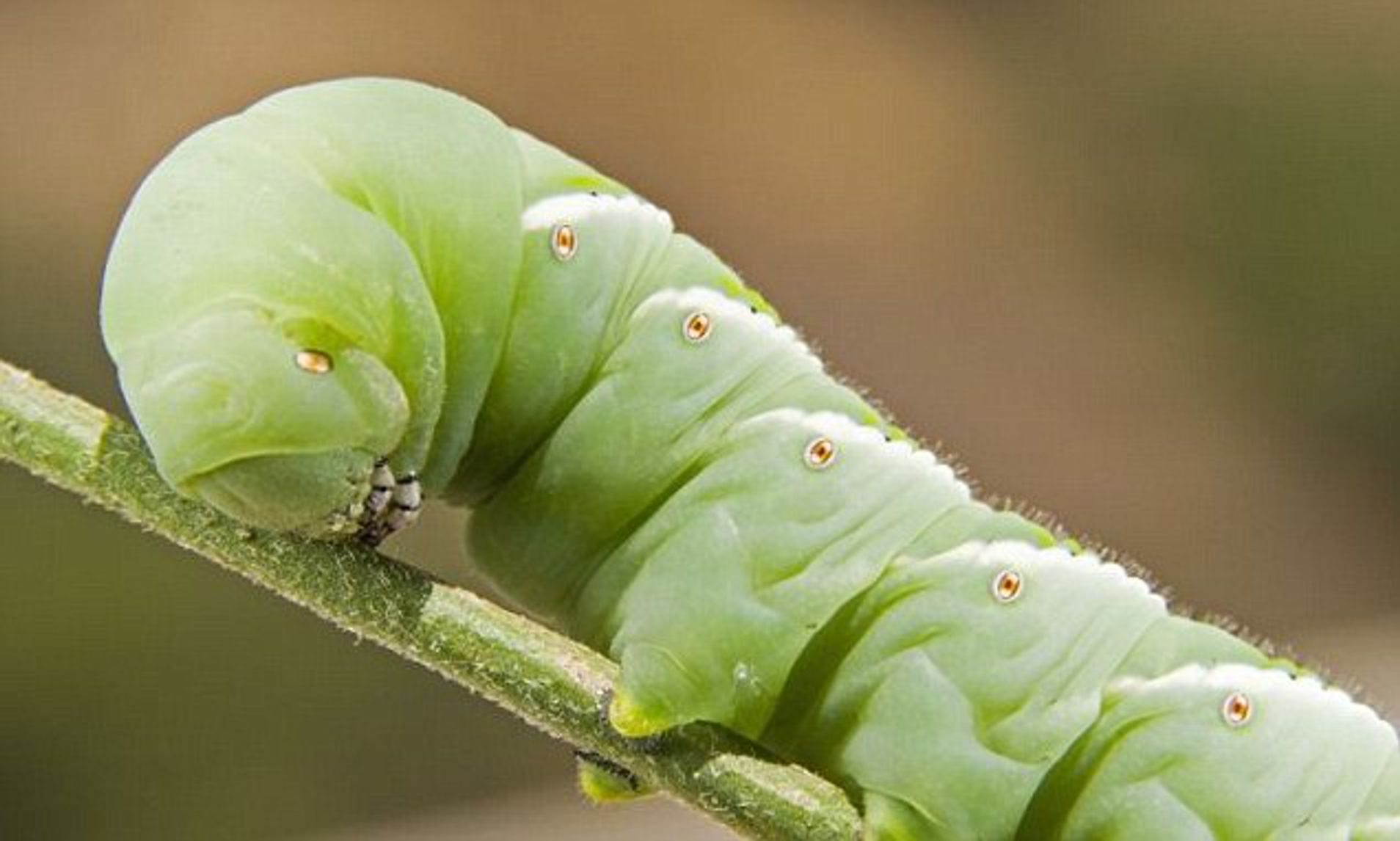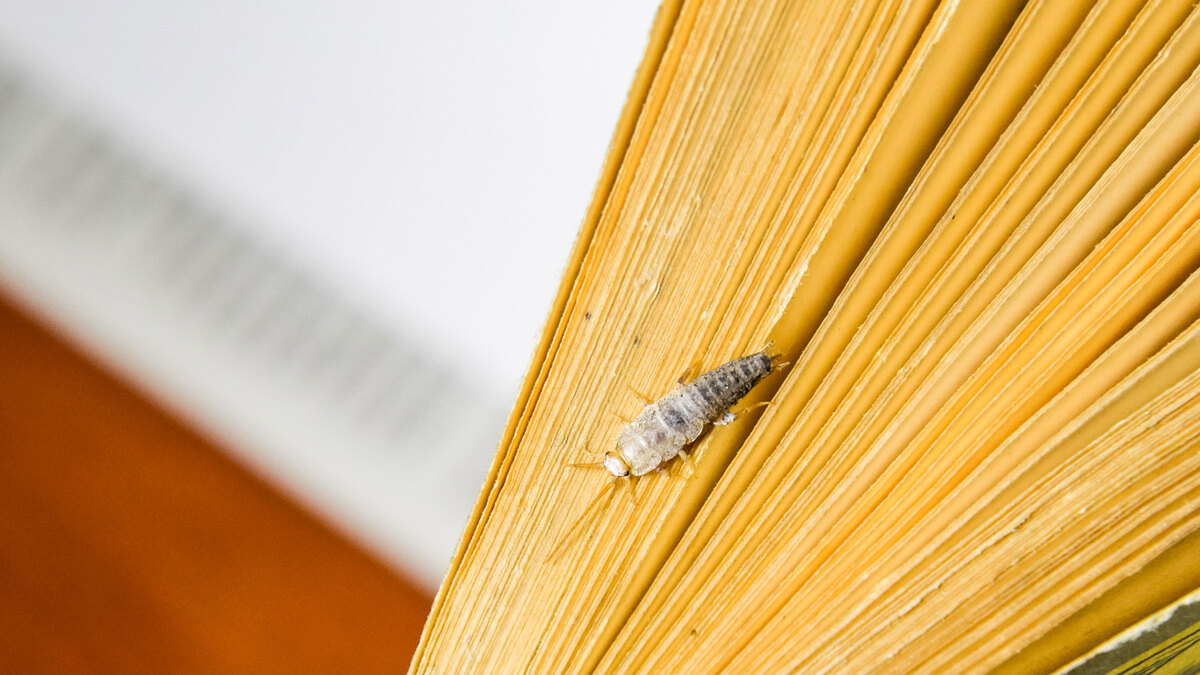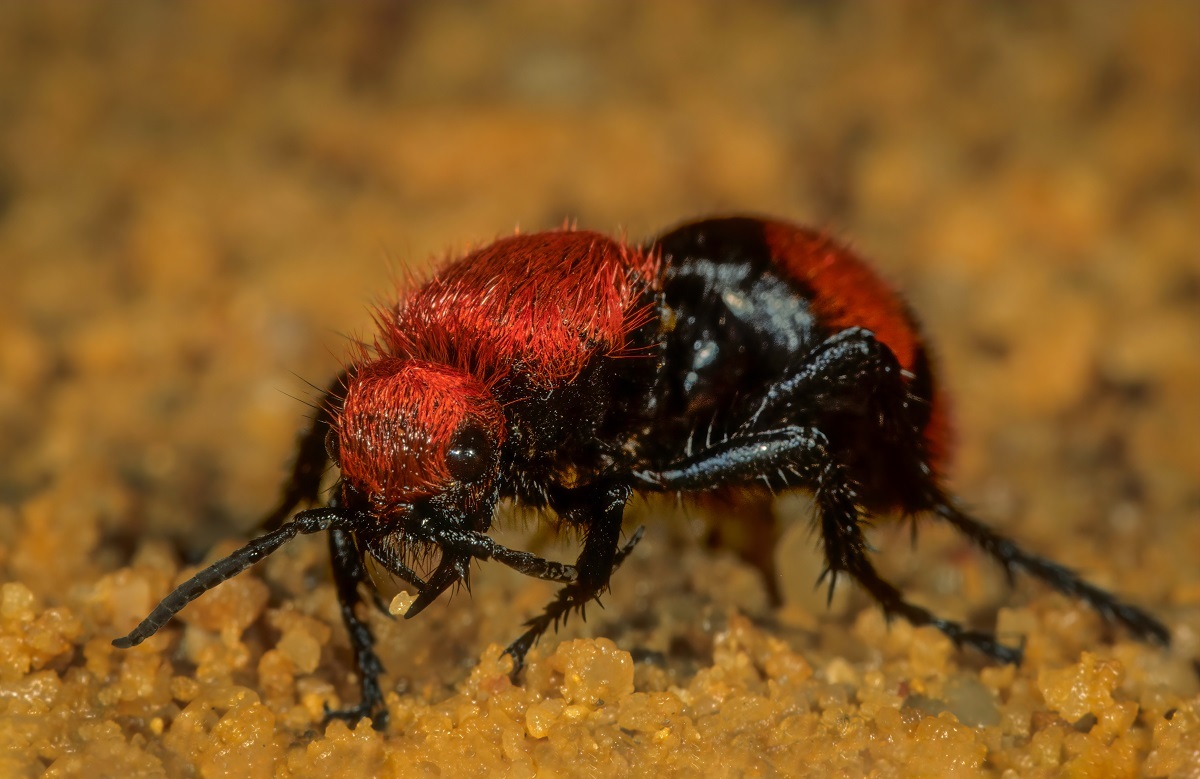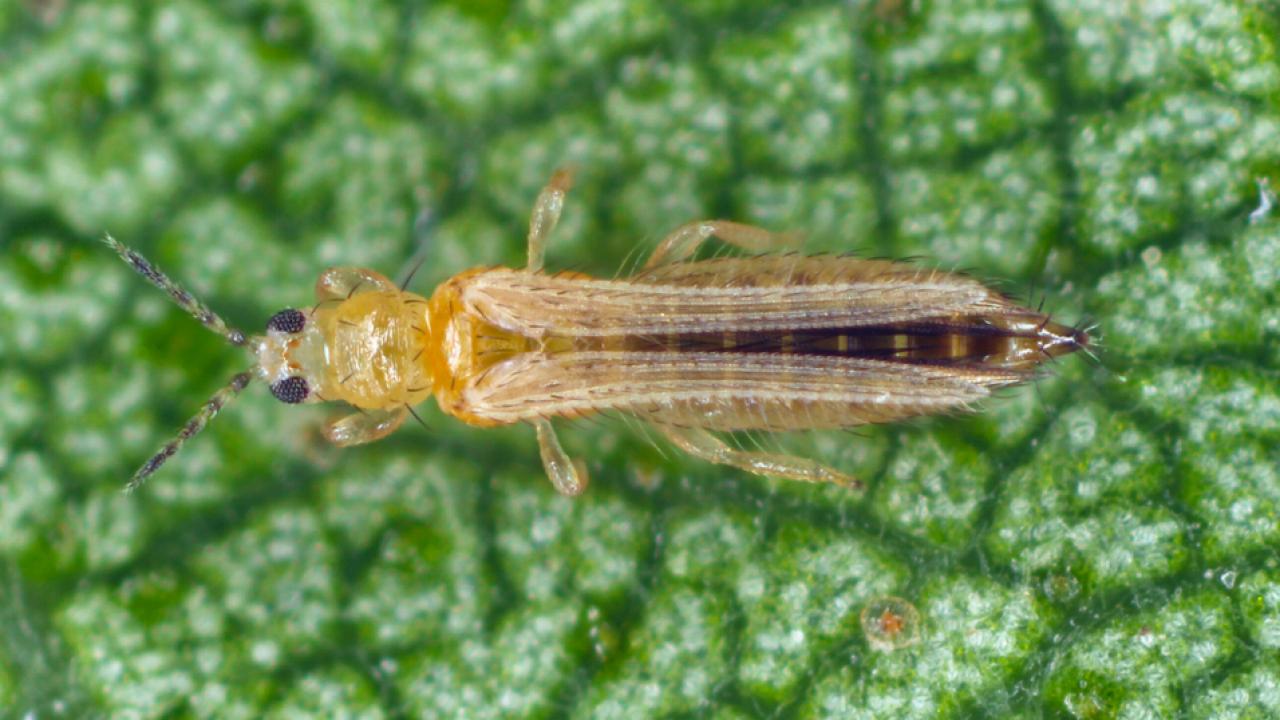Home>Gardening News and Trends>Latest News>What Insects Does Borax Kill
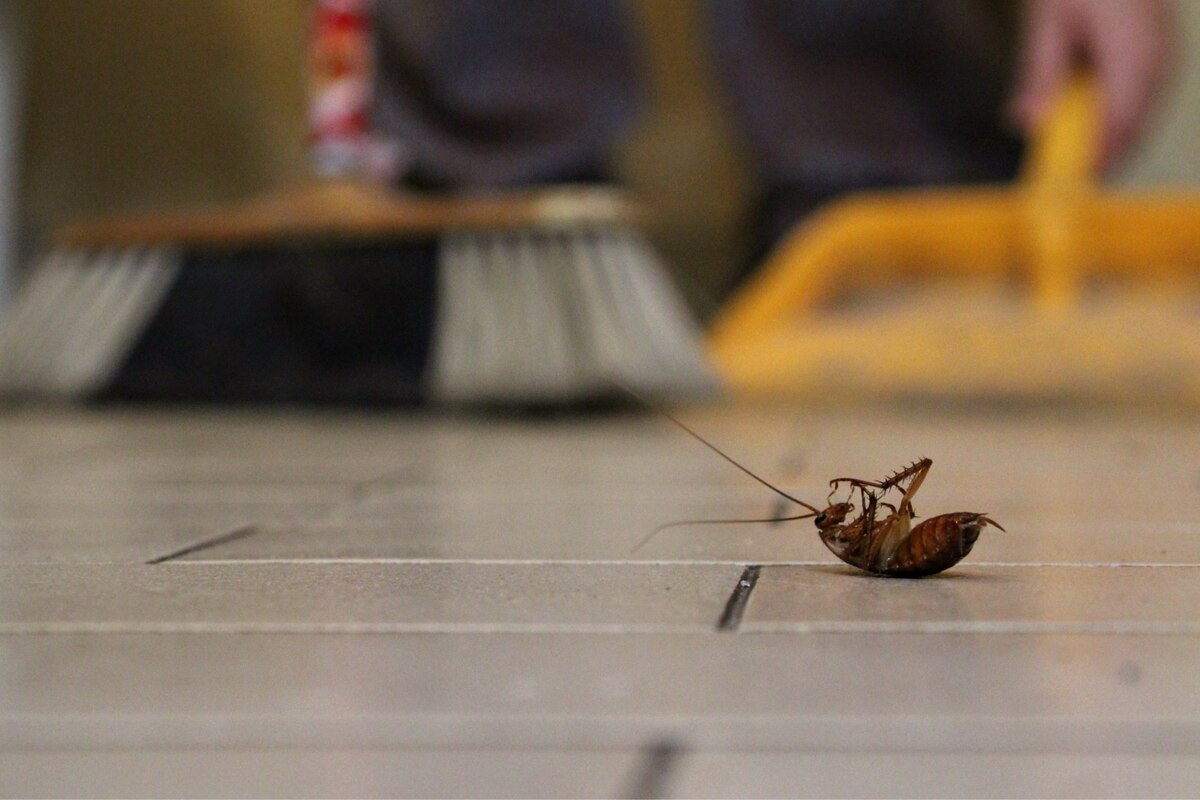

Latest News
What Insects Does Borax Kill
Modified: January 22, 2024
Discover the latest news on what insects does borax kill and how this natural solution can help with pest control.
(Many of the links in this article redirect to a specific reviewed product. Your purchase of these products through affiliate links helps to generate commission for Chicagolandgardening.com, at no extra cost. Learn more)
Table of Contents
Introduction
Insects can be a nuisance in our homes, gardens, and yards. Whether it’s ants invading your kitchen, fleas infesting your pets, or silverfish munching on your books, finding an effective and safe solution to control these pests is essential. One natural and versatile option that has gained popularity is borax.
Borax, also known as sodium borate, is a naturally occurring mineral formed from the evaporation of ancient saltwater lakes. It is commonly used in household cleaning products, laundry detergents, and even as a multipurpose cleaner. However, many people are not aware that borax can also be used as an effective insecticide.
The ability of borax to kill insects and control infestations is attributed to its desiccant properties. When insects come into contact with borax, it can absorb the waxy coating on their exoskeleton, causing them to dehydrate and ultimately die. This mechanism of action makes borax a safe and practical solution for controlling a wide range of pests.
In this article, we will explore the types of insects that can be controlled using borax, explain how borax kills insects, discuss the proper application of borax for insect control, and highlight important safety precautions to consider when using borax in and around your home.
What is Borax?
Borax, also known as sodium borate, is a mineral compound that is found naturally in the earth’s crust. It is composed of sodium, boron, oxygen, and water molecules. Borax is commonly used in various industries, including agriculture, cleaning, and cosmetics, due to its unique properties and versatility.
Borax has been used for centuries for various purposes. It was originally discovered in dry lake beds and played a significant role in ancient societies. Today, it is commercially produced by combining borate minerals with other chemicals to create a stable and usable form of borax.
One of the unique characteristics of borax is its ability to act as a cleaning agent. It has excellent stain-removal properties and can deodorize and sanitize surfaces effectively. This makes it a popular ingredient in many household cleaning products.
In addition to its cleaning capabilities, borax has also gained recognition as a natural insecticide. Its desiccant properties make it an effective control measure against various insects. When insects come into contact with borax, it can penetrate their exoskeleton and absorb the oils and waxes that protect their bodies. This causes the insects to dehydrate and ultimately perish.
Furthermore, borax is a relatively low-toxicity substance, making it a safer alternative to chemical insecticides. It is considered less harmful to humans and pets, which is why it has become a popular choice for those seeking natural pest control methods.
It is important to note that while borax is generally safe for use around the home, it should be used with caution and following proper guidelines. Overexposure or misuse of borax can still pose risks, especially to children and pets.
How Does Borax Kill Insects?
Borax works as an effective insecticide by exploiting the unique physiological structure of insects. Unlike mammals, insects have an exoskeleton, which is a hard outer covering that provides support and protection. This exoskeleton also plays a critical role in preventing moisture loss.
When insects come into contact with borax, the fine particles of the compound adhere to the insect’s exoskeleton. The borax then acts as a desiccant, which means it absorbs moisture from the insect’s body. The outer layer of the exoskeleton contains a waxy substance that helps seal in moisture to prevent dehydration.
As the borax absorbs the moisture, it disrupts the insect’s ability to retain water, leading to severe dehydration. The crystalline structure of borax scrapes away the protective waxy layer from the exoskeleton, further accelerating water loss.
Not only does borax dehydrate the insects, but it also affects their digestive system. When insects ingest or consume borax while grooming themselves, the compound interferes with their internal organs, leading to digestive disruption and eventual death.
In addition to desiccation and digestive disruption, borax can also affect the nervous system of insects. The compound interferes with the transmission of signals in the insect’s nervous system, leading to paralysis and, ultimately, death.
It is important to note that while borax is effective against a wide range of insects, its mode of action primarily targets those with exoskeletons. Soft-bodied insects, such as aphids and caterpillars, may not be as susceptible to the dehydrating effects of borax.
It is also worth mentioning that borax has a slow-acting nature. The effects are not immediate, and it may take a few days or even weeks for the full impact to be seen. This is because the insects may continue to feed on treated surfaces, ingesting more borax and experiencing cumulative effects over time.
Overall, the desiccating, digestive, and neurological effects of borax make it an effective natural insecticide, providing long-lasting control over various pests. However, it is important to follow proper guidelines and use caution when applying borax to ensure its effectiveness and safety.
Common Insects Controlled by Borax
Borax is a versatile and effective natural insecticide that can help control a wide range of common household pests. Its desiccating properties make it particularly effective against insects with exoskeletons, which includes many different types of pests. Here are some of the most common insects that can be controlled with borax:
- Ants: Borax can be highly effective in controlling ant infestations. Ants are attracted to the sweetness of borax, making it an excellent bait. As they consume the borax and bring it back to the colony, it spreads and affects the entire ant population.
- Cockroaches: Borax disrupts the exoskeleton and digestive system of cockroaches, making it an effective control method. It can be sprinkled in areas where cockroaches are commonly found, such as dark corners, under sinks, and behind appliances.
- Silverfish: These creatures are known for their destructive feeding habits on books, paper, and fabrics. Borax can be used to create a barrier and eliminate silverfish from infested areas.
- Termites: While borax may not be as effective as professional termite treatments, it can be used as a preventative measure. Applying borax to wooden surfaces and areas prone to termite activity can help deter their presence.
- Fleas: Borax is an excellent option for controlling fleas in your home. Sprinkle borax on carpets, furniture, and pet bedding, and then vacuum it up after a few hours. The desiccating effects of borax help to dehydrate and eliminate fleas.
- Bed bugs: Borax can be used as part of an integrated approach to control bed bugs. While it may not eliminate bed bugs entirely, it can disrupt their exoskeletons and help reduce their numbers.
It is important to note that while borax can be effective against these insects, severe infestations may require professional extermination. Borax is best used as a preventative measure or for smaller infestations. If you are dealing with a persistent or extensive pest problem, it is recommended to consult with a pest control professional.
Borax Application for Insect Control
When using borax for insect control, it is important to follow proper application methods to maximize its effectiveness. Here are some key steps to consider when using borax to control pests:
- Identify the target insects: Before applying borax, it is important to identify the specific insects you are dealing with. Different pests may require different methods of application.
- Locate the affected areas: Determine where the insects are most active or where infestations are concentrated. This can help you target your application of borax more effectively.
- Prepare the borax mixture: Mix borax with other ingredients to create a bait or solution that will attract and control the target insects. For example, you can mix borax with sugar or honey to create a sweet bait for ants.
- Apply the borax: Sprinkle or spread the borax mixture in the areas where the insects are present or likely to travel. Pay close attention to cracks, crevices, and entry points where pests may gain access.
- Reapply as needed: Depending on the severity of the infestation, you may need to reapply the borax mixture regularly. Remember that borax has a slow-acting nature, so multiple applications may be necessary for optimal control.
- Monitor the results: Regularly monitor the treated areas to assess the effectiveness of the borax application. Keep track of any changes in pest activity and adjust your approach as needed.
It is important to note that while borax is generally safe for humans and pets, it should still be used with caution. Avoid direct contact with borax and ensure it is out of reach of children and pets. Follow the instructions on the product packaging and take necessary safety precautions, such as wearing gloves and washing hands after handling borax.
Furthermore, it is essential to remember that borax may not be a complete solution for severe or extensive infestations. If the pest problem persists or worsens, it is advisable to seek professional pest control services for a more comprehensive and effective solution.
Safety Precautions When Using Borax
While borax is generally considered safe for use, it is important to take certain precautions to ensure the well-being of yourself, your family, and your pets. Here are some safety guidelines to keep in mind when using borax for insect control:
- Read and follow instructions: Before using any borax product, carefully read and follow the instructions provided by the manufacturer. Pay attention to any specific safety precautions or recommendations for application.
- Wear protective gear: When handling borax, it is advisable to wear gloves to protect your skin from direct contact. Additionally, consider wearing a mask to avoid inhaling fine borax particles.
- Keep out of reach of children and pets: Store borax securely in a place inaccessible to children and pets. Accidental ingestion or exposure could pose health risks, so it is essential to keep it safely stored away.
- Avoid contact with eyes and mouth: In case of accidental contact, rinse eyes thoroughly with water and seek medical attention if irritation persists. If borax is ingested, drink plenty of water and consult a doctor.
- Use in well-ventilated areas: When applying borax, make sure the area is well-ventilated to prevent the accumulation of airborne borax particles. Open windows or use fans to promote air circulation.
- Minimize exposure to food and food preparation areas: Avoid using borax in areas where food is prepared or stored. While it is generally safe, it is best to minimize the potential for contamination.
- Do not apply directly to surfaces used for food consumption: Avoid applying borax directly to countertops, cutting boards, or utensils used for preparing or serving food. Instead, focus on treating areas where pests are commonly found.
- Clean up spills or excess borax: If any spills or excess borax occurs during application, clean it up promptly and discard properly. This helps prevent accidental exposure and ensures a safe environment.
- Consult a professional: If you have any concerns or questions about using borax for pest control, it is always wise to consult a professional pest control service. They can provide guidance specific to your needs and help ensure safe and effective insect control.
By following these safety precautions, you can minimize potential risks and safely use borax to control insects in and around your home. It is important to remember that while borax is generally safe, individuals with respiratory conditions or allergies should exercise caution and consider alternative methods if necessary.
Conclusion
Borax, also known as sodium borate, offers a natural and effective solution for controlling a wide range of insects. Its desiccating properties make it a formidable force against pests with exoskeletons, such as ants, cockroaches, and silverfish. By disrupting their protective barriers and dehydrating them, borax can provide long-lasting control and help alleviate infestations.
When using borax for insect control, it is important to follow proper application methods and safety precautions. Identifying the target insects, locating the infested areas, and preparing an appropriate borax mixture are crucial steps for success. Regular reapplication, monitoring, and adjusting of the treatment are necessary for optimal results.
While borax is generally considered safe for humans and pets, it is essential to handle it with care. Read and follow the instructions provided by the manufacturer, wear protective gear, and ensure that it is stored out of reach of children and pets. Minimize exposure to food and food preparation areas, clean up spills promptly, and consider consulting a professional pest control service for severe or persistent infestations.
In conclusion, borax is a versatile and natural insecticide that can be used as a part of an integrated pest management plan. It offers an effective and safe alternative to chemical insecticides, providing efficient control over common household pests. By utilizing borax, you can create a pest-free environment while minimizing the risks associated with toxic pesticides.
